汉斯·霍夫曼尼恩(1880-1966)



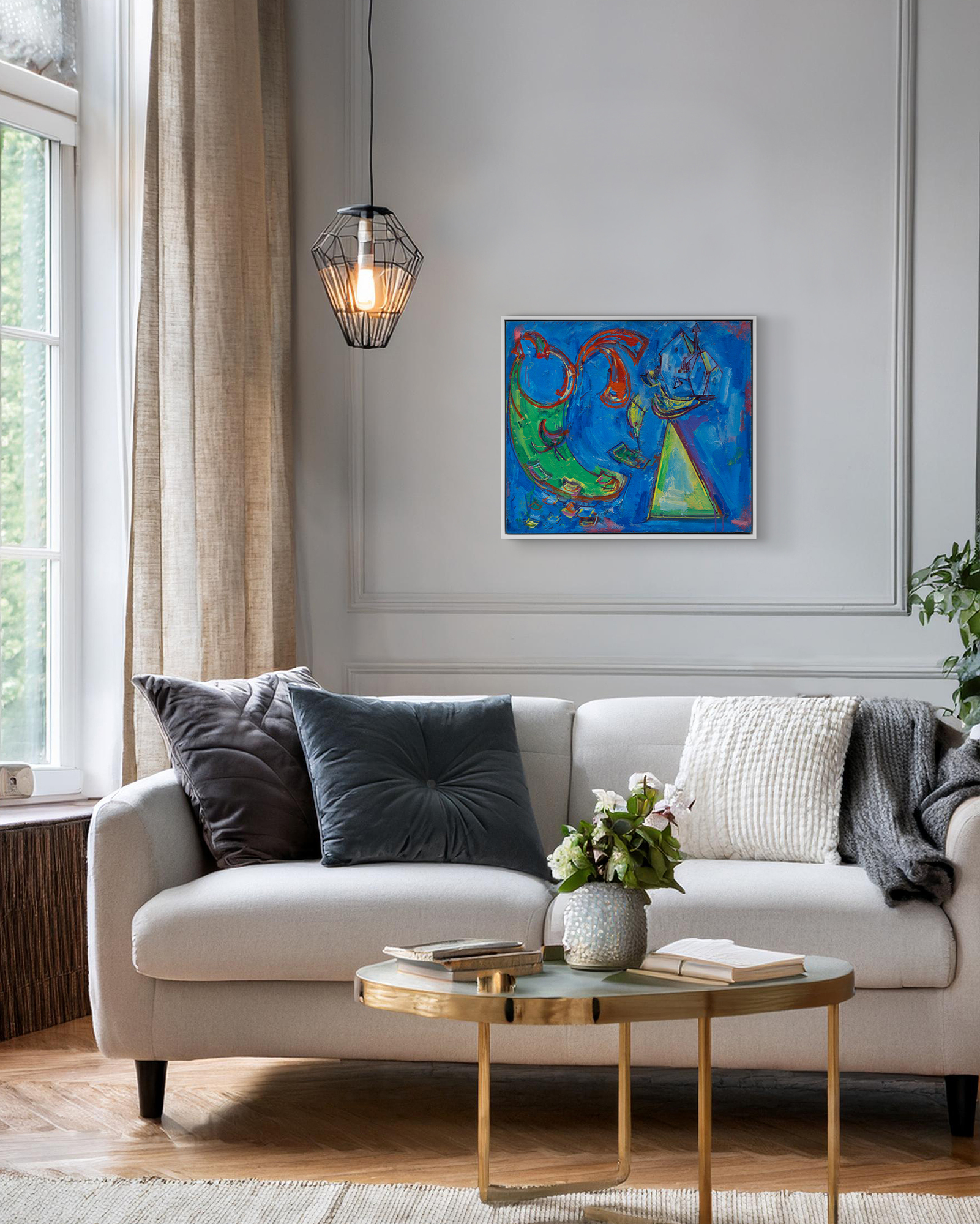

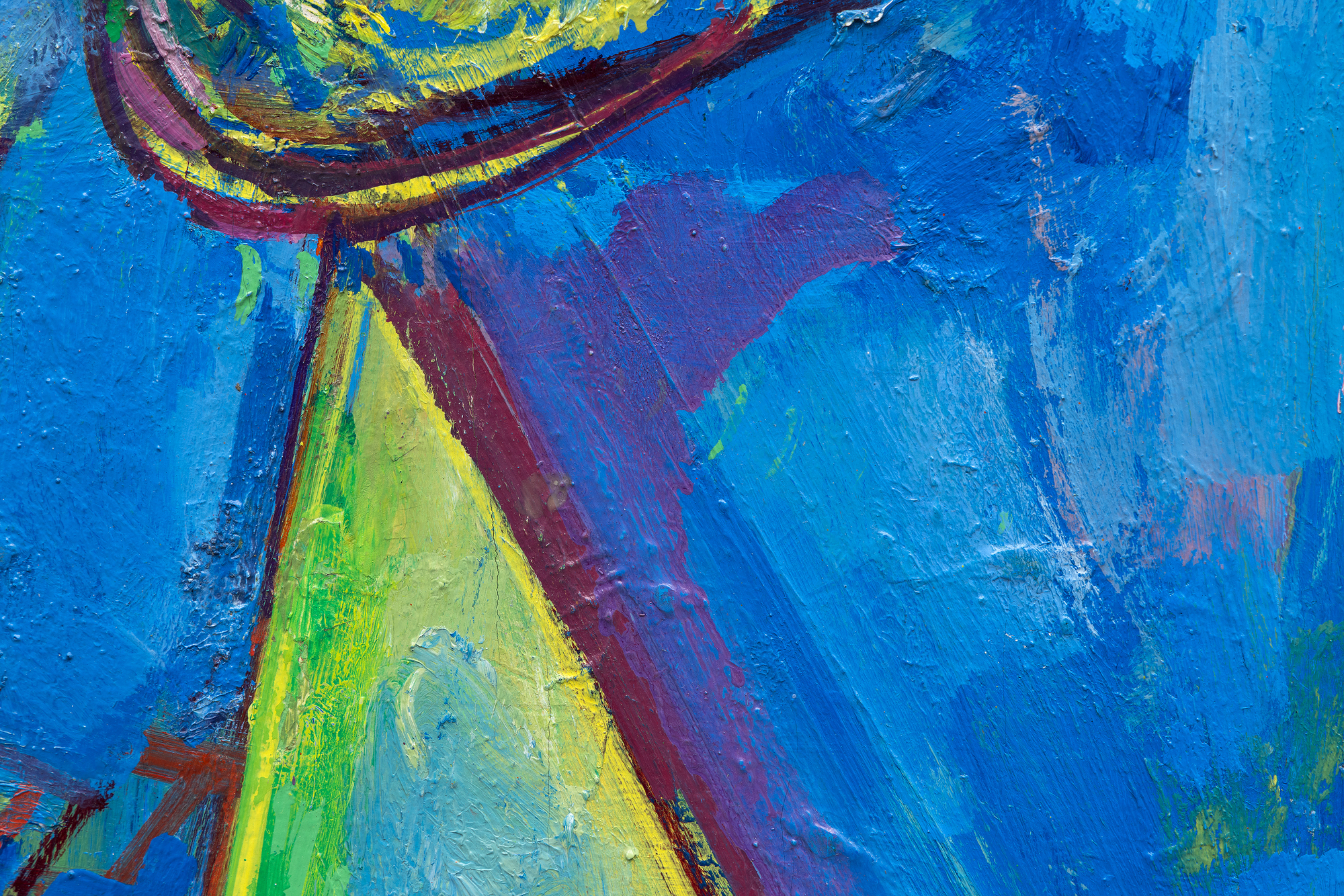
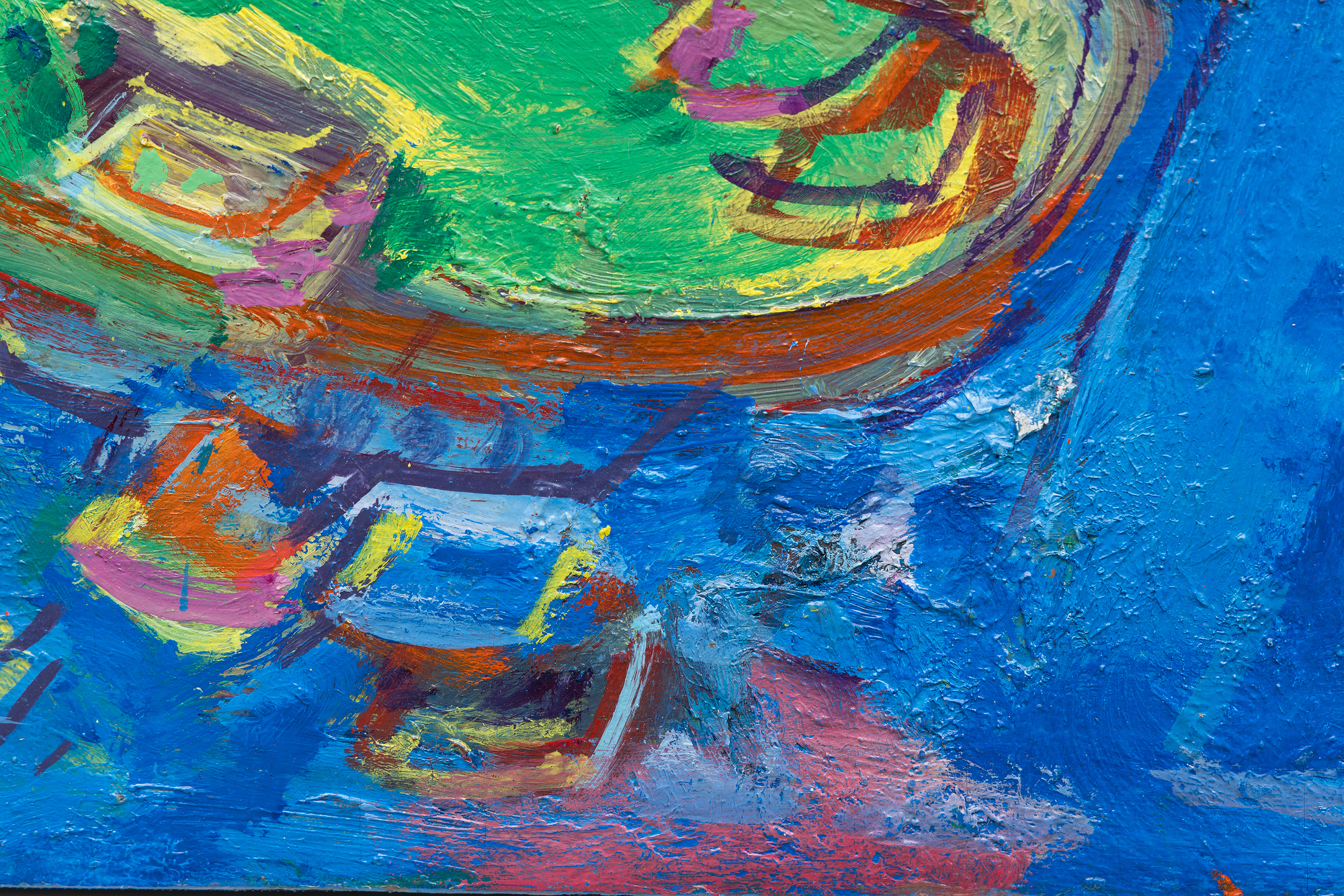
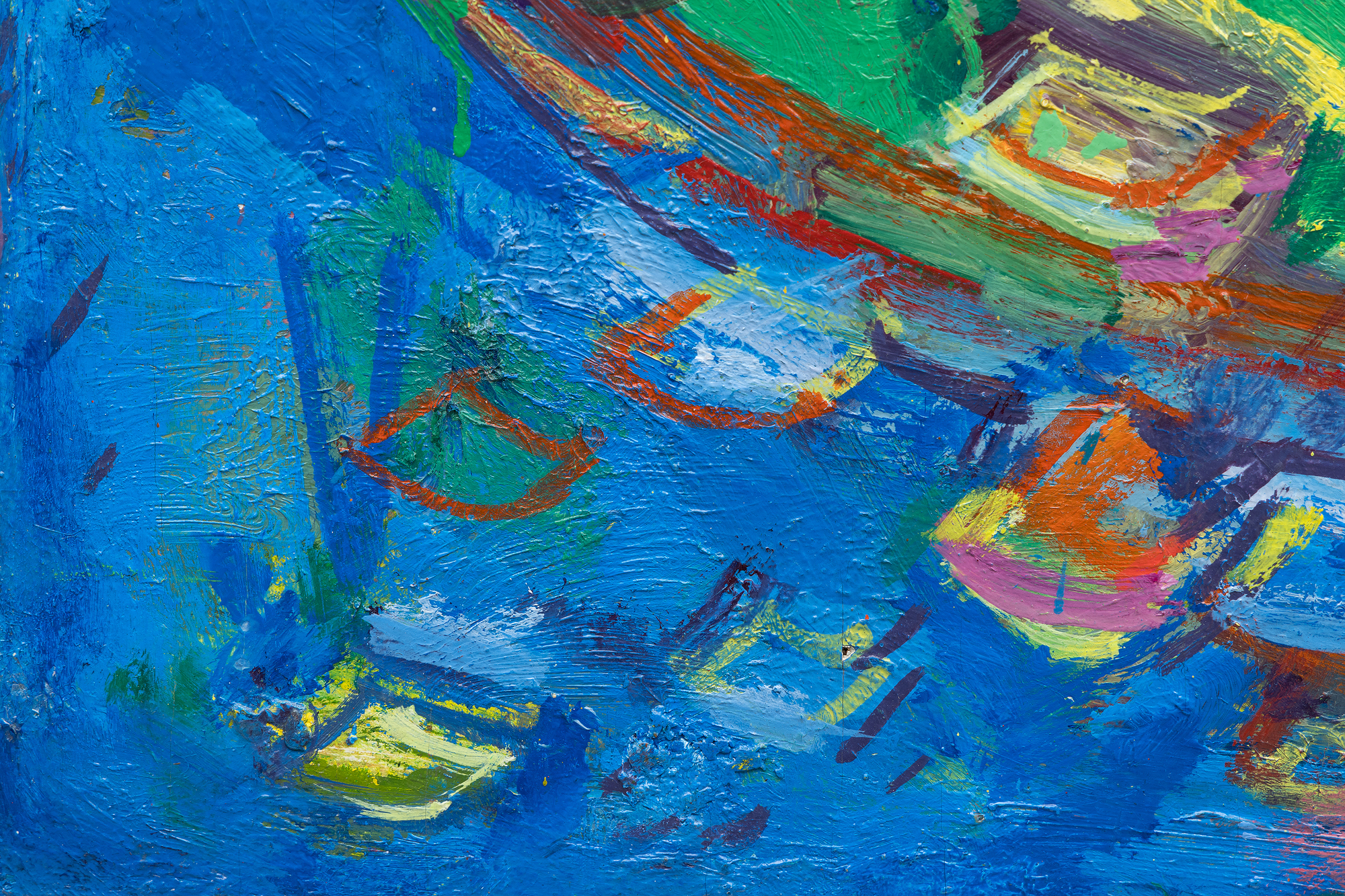
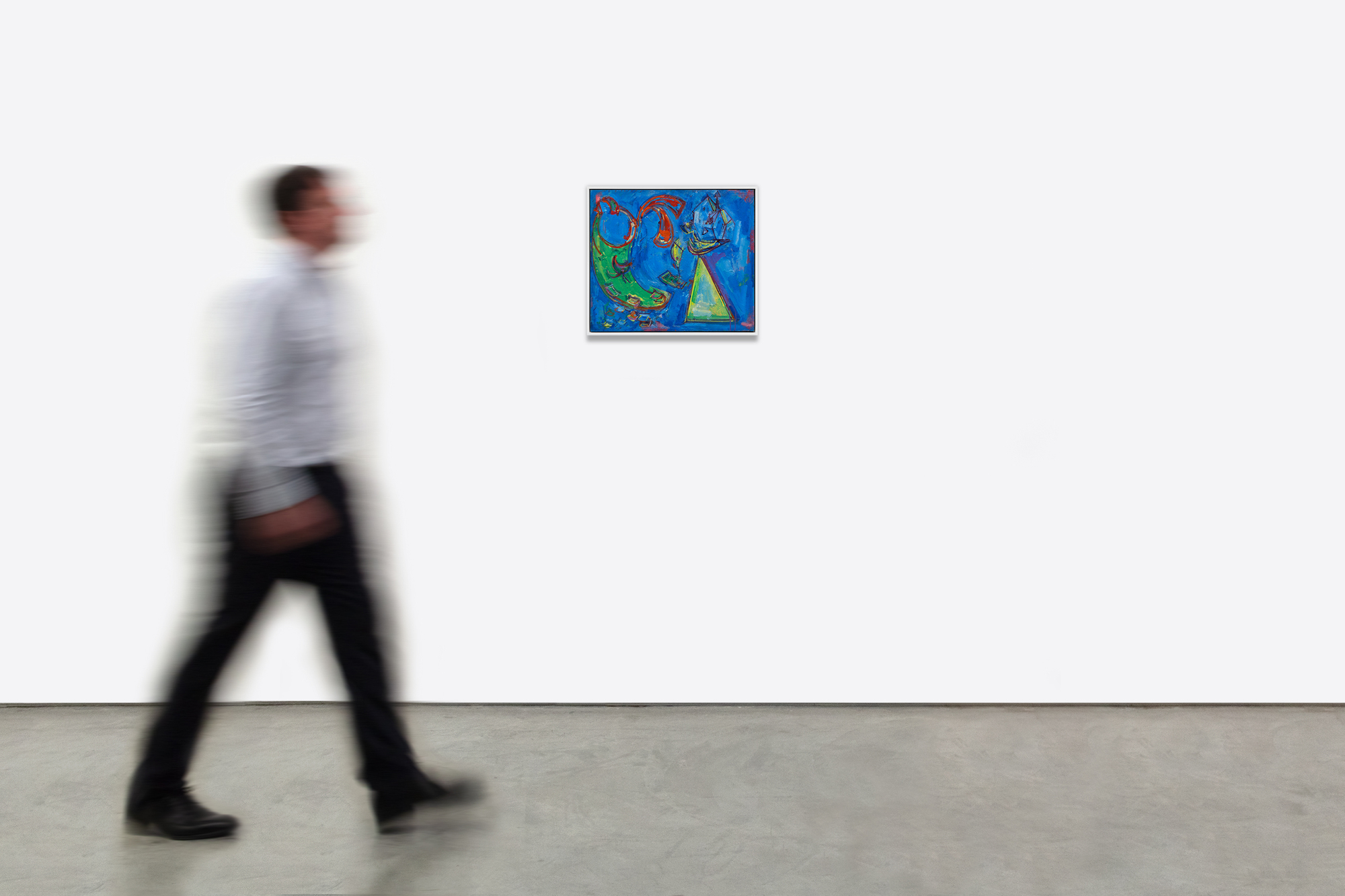
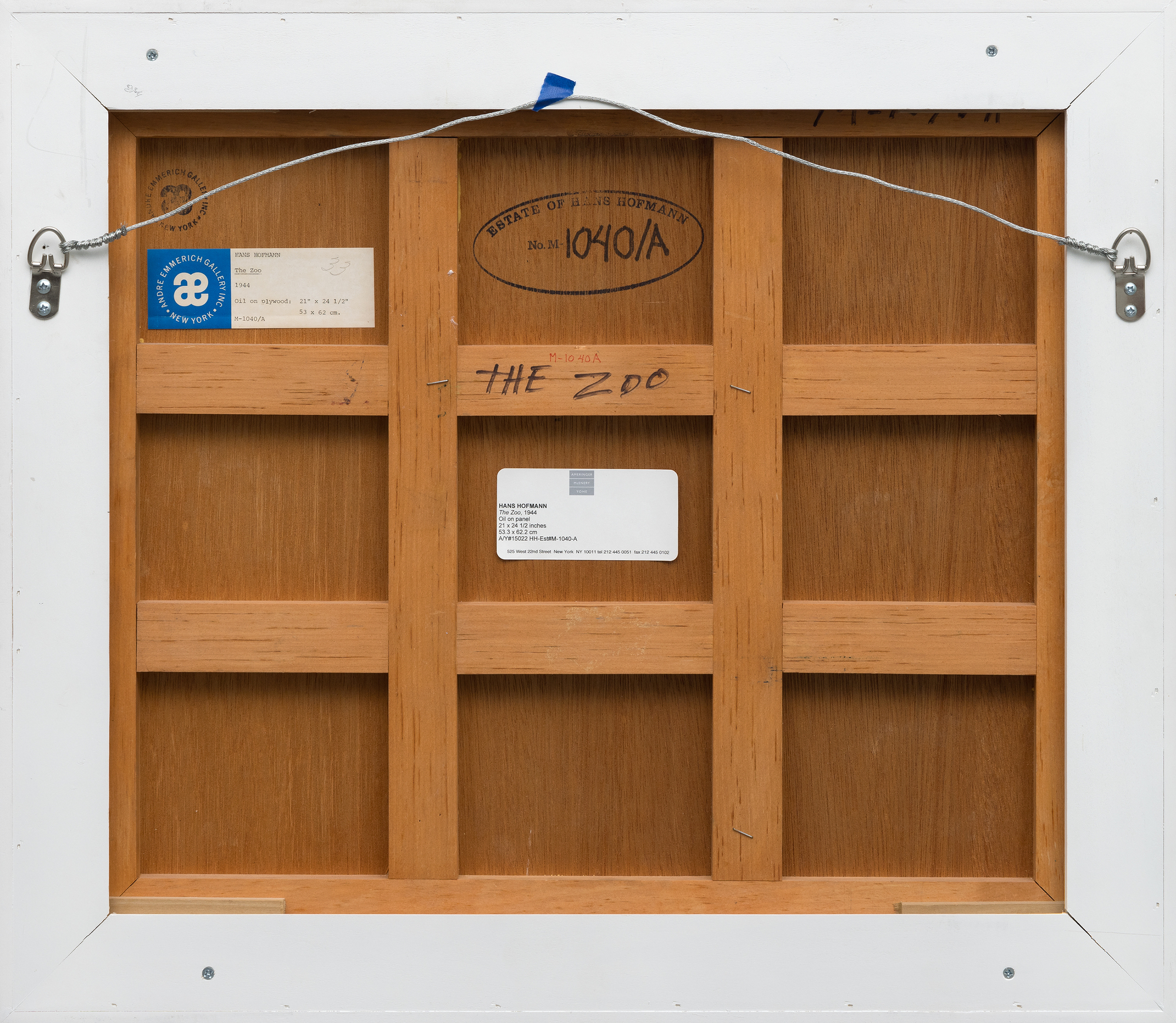
种源
艺术家收藏纽约州纽约市雷娜特、汉斯和玛丽亚-霍夫曼信托基金
纽约州纽约市 Ameringer | McEnry | Yohe
私人收藏,新泽西州
展会信息
纽约,纽约,Ameringer | McEnry | Yohe,汉斯-霍夫曼:夏日之画:绘画与纸上作品,2010 年 12 月 9 日至 2011 年 1 月 29 日文学
Ameringer | McEnery | Yohe, Hans Hofmann: Pictures of Summer:汉斯-霍夫曼:夏日图画:绘画与纸上作品》,"美国艺术",展览公告,纽约,纽约,2010 年,第 11 页(彩色插图)。阿梅林格 | 麦克内里 ...更。。。| Yohe, Hans Hofmann: Pictures of Summer:绘画和纸上作品》,《艺术新闻》,第 109 期,第 11 号,展览公告,纽约,纽约,2010 年,封底(彩色插图)。
苏西-维利格,《汉斯-霍夫曼:绘画目录》,第二卷,萨里,2014 年,HH 目录编号:351-1944,第 27 页。351-1944,第 279 页(彩色插图)
...少。。。 价格380,000
这幅画深受超现实主义自动主义和琼-米罗(Joan Miró)生物形态的影响,有机的形状和大胆的色彩似乎充满了生命力,模糊了抽象和具象之间的界限。然而,与米罗细腻的梦境不同,霍夫曼的笔触充满了力量,以其标志性的手势风格为构图奠定了基础。
The Zoo 反映了霍夫曼平衡自发性与深思熟虑的构图选择的能力。这幅充满活力和欢乐的作品展现了世界视觉的复杂性,以及抽象画在他职业生涯关键阶段的无限创作自由。


